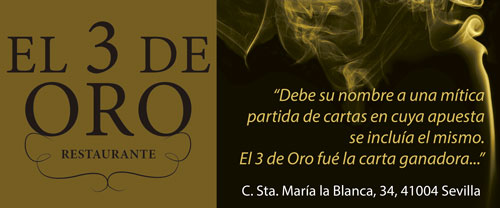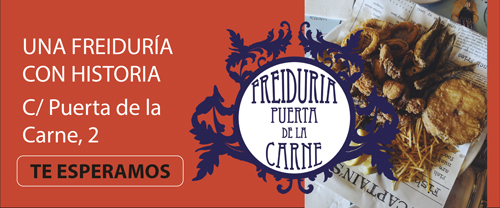SEVILLA C/ Becas s/n
Una exposición que profundiza en los experimentos científicos y las creaciones arquetípicas del S.XIX, así como en las derivas iconográficas de Frankenstein y otros seres como Mr. Hyde, el Hombre invisible o las criaturas del doctor Moreau, y reflexiona sobre la época en la que éste y otros personajes, ideados por escritores tan reconocidos como Mary Shelley o H.G. Wells, se convirtieron en iconos de la literatura de ciencia ficción.
La componen seis grandes obras: Frankenstein o el Moderno Prometeo, La Isla del doctor Moreau, El extraño caso del Doctor Jekyll y Mr. Hyde, El hombre Invisible, El hombre de la arena y La Eva futura.
Todas ellas tienen un sujeto común: tratan temas tan atemporales como la genética, la robótica o la inteligencia artificial.
La muestra, comisariada por Miguel A. Delgado y María Santoyo, cuenta una parte del patrimonio cinematográfico de la Filmoteca Española, piezas de los Museos Complutenses y colecciones privadas como la de Jesús Palacios, que recrean los clásicos de la literatura del S.XIX. Además, analiza los antecedentes reales que van más allá de la propia historia literaria y el contexto que los rodeaba a finales del XIX.
El doble, o la forma más oscura de cada uno de los personajes, es el primer bloque de la exposición y aborda la materialización del lado oscuro o la invisibilidad como método de refracción.
Uno de los ejemplos más claros es El extraño caso del Doctor Jekyll y Mr. Hyde de Robert Louis Stevenson, una historia donde el protagonista es incapaz de controlar a su propio yo –alter-ego-conciencia maligna- y acaba con un fatídico final.
El segundo de los bloques, está dedicado a El Autómata, y realiza un recorrido por la invención de criaturas mágicas y carentes de alma como las máquinas capaces de reproducir a la perfección el aspecto y comportamiento humano.
Una obra que lo especifica es El Hombre de la arena, el relato más popular de E.T.A. Hoffmann, la cual narra el enamoramiento de un joven hacia una autómata carente de alma que le lleva a locura.
El último bloque está dedicado al personaje de El Monstruo, cuyo principal ejemplo es Frankenstein o El moderno Prometeo, obra considerada por muchos como la primera novela de ciencia ficción, de ‘terror’ gótico, creada en una reunión casual de amigos entre los que se encontraban algunos escritores de la época como Lord Byron. Es allí donde se crea la figura del científico loco. Si bien, la obra está bajo una clasificación específica, es mucho más que una simple novela de terror, ya que contiene elementos filosóficos que van mucho más allá del género convencional.
An exposition that delves into the scientific experiments and the arquetypical creations of the 19th century, such as the iconographic drift of Frankenstein and other characters like Mr. Hyde, the Invisible Man or the creatures of Dr. Moreau and reflects on the period in which those and other characters, conceived by writers as recognized as Mary Shelly or H.G. Wells, became literary icons of science fiction.
This exposition consists of six great works: 'Frankenstein' or 'The Modern Prometheus,' 'The Island of Dr. Moreau', 'The Curious Case of Doctor Jekyll and Mr. Hyde', 'The Invisible Man', 'The Sandman', and 'The Future Eve'.
All of these have a subject in common—they deal with themes as timeless as genetics, robotics or artificial intelligence.
The exhibition, commissioned by Miguel A. Delgado and María Santoyo, tells a part of the cinematographic heritage of the Spanish film collection, pieces of the Museums of Alcalá de Henares and private collections like those of Jesús Palacios, which recreate the classics of 19th century literature. Furthermore, the exhibit analyzes the royal history that goes further into its own literary history and the context around the end of the 19th century.
The double, or the darker side of each of the characters, is the first bloc of the exposition and addresses the materialization of the dark side or the invisibility as a method of refraction.
One of the most clear examples is 'The Curious Case of Doctor Jekyll and Mr. Hyde' by Robert Louis Stevenson, a history where the protagonist is incapable of controlling his other self—an evil alter ego—and has a fateful finale.
The second of the blocs is dedicated to El Autómata, and offers a tour through the invention of magical creatures and the soulless, like machines capable of reproducing to perfection aspects of human behavior.
One work in particular is The Sandman, the most popular story by E.T.A. Hoffmann, who narrates the infatuation of a teenager with a soulless robot that ends in madness.
The final bloc is dedicated to a character from 'The Monster,' whose main example is Frankenstein or the modern Prometheus, a work considered by many as the first science fiction novel, of gothic ''terror'', created in a casual reunion of friends among which were writers of that time such as Lord Byron. It´s there where they create the figure of scientific craziness. However, the work is under a specific classification because it´s much more than a simple novel of terror, given that it contains philosophical elements that go farther than the conventional genre.
¡Comenta ahora y gana dos entradas de cine!

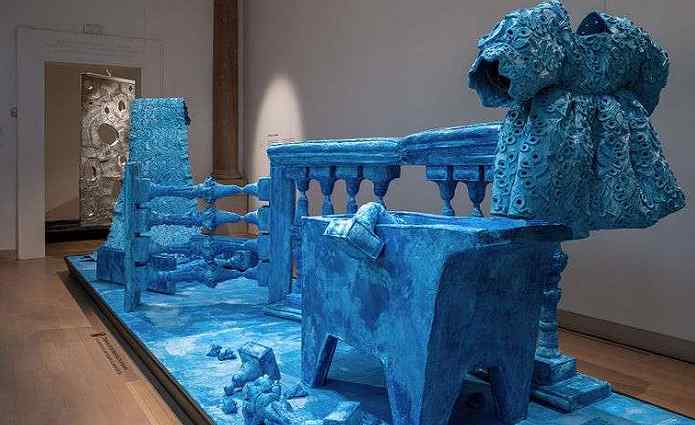

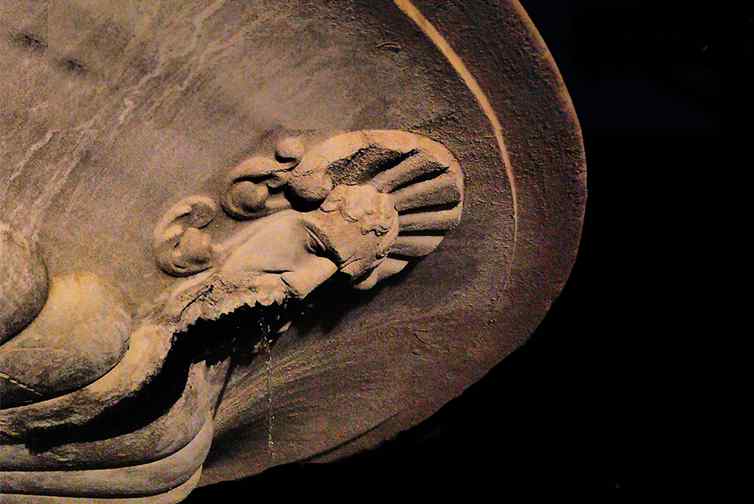









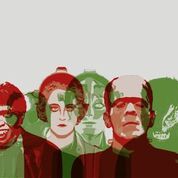
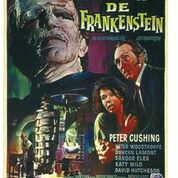
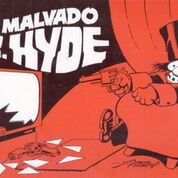


 (1).jpg)







